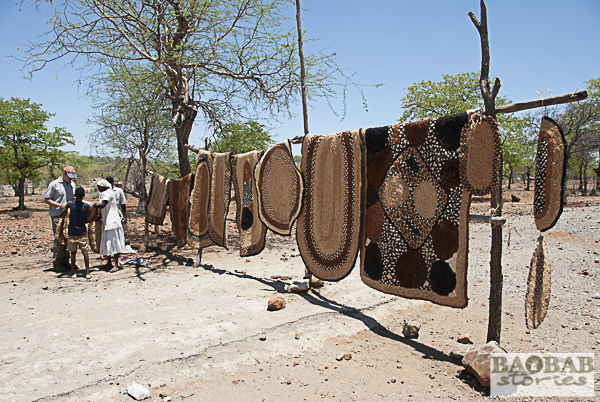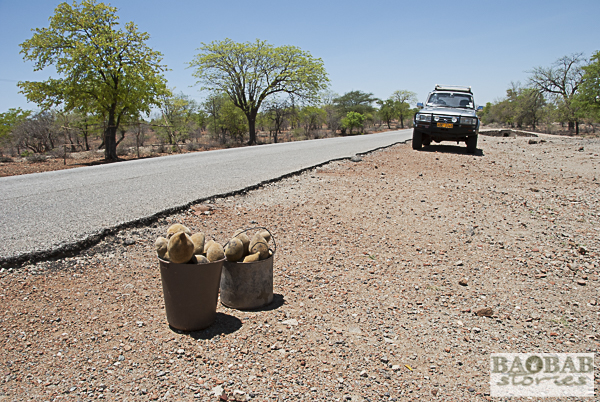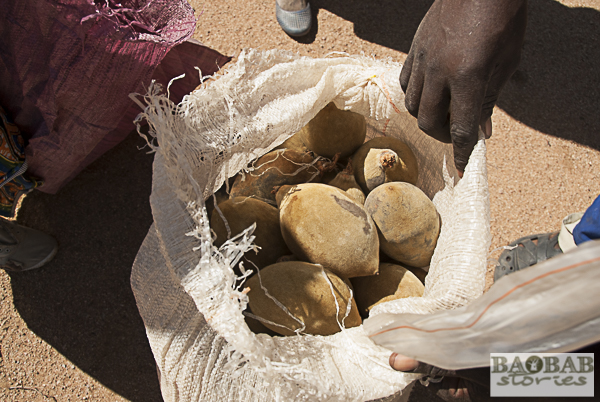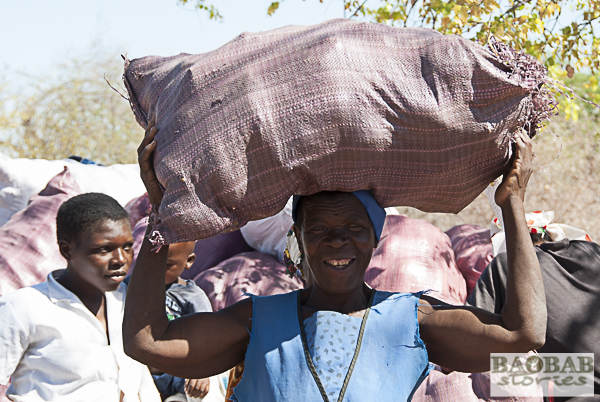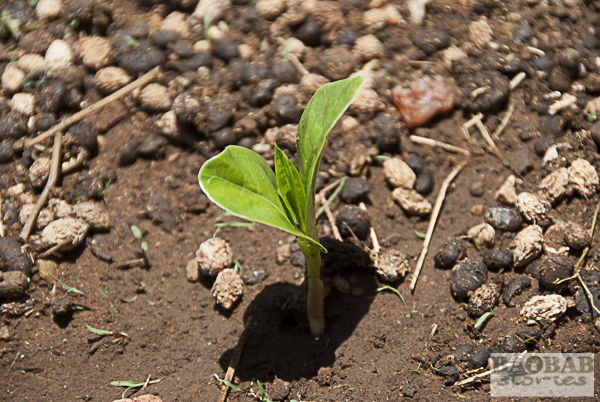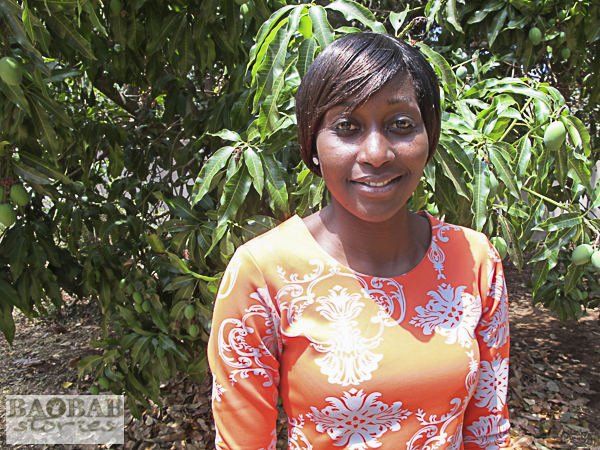Shamiso Mungwashu comes from Chimanimani in Manicaland Province, Zimbabwe. She calls herself a serious advocate for organic, Fairtrade and ‘access and benefit sharing’. “We need the companies in 20 years who belief in the same values. But we have to start the process now.” Shamiso studied psychology, sociology and law and focuses on social entrepreneurship.
Although she comes from a higher rainfall area closer to Mutare she was exposed to baobab early on. Baobabs usually grow in the dry areas of region 4 and 5 in Zimbabwe. “This is where the baobabs thrive” she says. The more agriculturally suitable regions 1-3 are located in a 200 km zone around Harare.
All-Time Favourite: Baobab Ice Lollies
As a child she enjoyed baobab ice lollies. Her mother took the pulp, added sugar and milk and mixed it. She sieved the mixture until no bits and little pieces remained and poured the liquid into a small container. A stick was added and all was put into the freezer. The result was one of her baobab favourites.
Other sweets were not easily available. Her parents used to tell her “eat mango or baobab – that is sweet enough.” Today candy has become fashionable – even in rural areas and “that killed the glory of the baobab tree”, she adds.
Nevertheless, people still use the mighty baobab. They make mats and carpets out of baobab bark in the Masvingo area and sell them to the cities or along the roads to tourists passing by. Small carpets are used as door mats, bigger ones as carpets. In former times they were plaited and used as sleeping mats.
Traditionally people used baobab fruit powder to cook a porridge with cereals. The powder serves well as baking soda and burned fruit shells result in potash for soap making. Baobab fruit were appreciated as a healthy snack while going for long walks in the bush.
Baobab Used in Times of Drought
Once in a while Zimbabwe is hit by droughts which cause severe famines. Some of the only foods available during those times of hardship are the fruit of the baobab because they are adapted to such conditions. The fruit powder dries naturally on the trees and the fruit have hard shells. Therefore they can be stored easily and last long.
During one of the last famines around the early 1990s people ate baobab porridge because they had no other food left. Many thought that “if I am seen eating it people would think I am poor because I cannot afford other food to eat” Shamiso says.
In the years following the drought cheaper snacks were introduced which people were keen to buy because it meant showing wealth. Nobody wanted to be seen eating baobab. People did not appreciate the fruit anymore and the stigma is still strong.
Work With Local “Baobab” Communities
Shamiso started to work with baobab when she joined the KAITE initiative in 2011. The Organisation’s vision is to raise the social and economic living standards of small-scale farmers in Zimbabwe. Their focus is on innovative organic farming, sustainable entrepreneurship, community building and empowerment – particularly of women farmers. Some of their quests are to open international markets for small scale products and to reintroduce baobab into the local markets.
With financial support of “Hilfswerk”, an Austrian development organisation, they started awareness campaigns in rural villages. There they found that local people were not very fond of baobab: “oh, it is only food for cows and goats and children eat it.”
KAITE started sensitization campaigns and development of new markets. As Shamiso explains “put value into something that has no value.” After a while the perception of baobab changed. Baobab was seen as a source of livelihood. In addition people became aware that it is not available everywhere and not everybody has access to it. They started to appreciate the trees.
Baobabs Need to be Protected
Not all fruit can be taken out of the ecosystem. Some need to remain in the bush for baobab reproduction. Therefore hundreds of local people received training in sustainable harvesting and how to preserve the trees.
The collectors needed to learn about baobab ecology and marketing. As long as the fruit remain in the trees they are not ready for harvesting. Once they are ripe they fall to the ground and can be picked up easily. The powder of ripe fruit has a good quality which in turn yields a good price on the market.
Some of the baobabs in the collecting areas are very old and for young seedlings to grow circumstances have to be right. In areas with high population density too many people harvest baobab leaves from little trees to make relish. Goats, chicken and cows love to browse on the little saplings – all in all the small trees stand little chance to survive.
Therefore baobab offspring has to be protected – particularly during their first three years. Communities have started to grow baobabs from seeds and plant them in the forest. As an interesting side information they have noticed that seeds germinate best if they passed through the digestive system of cows or goats.
Shamiso believes in her work. Her hopes for the future entail that the prevailing economic climate shifts towards an attitude where money is made but in a more “ethically grounded” way as she calls it. “The products have to look good in a Fairtrade dress.”
More Information: KAITE



